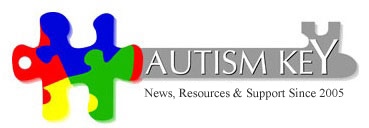Neurofeedback for Autism
Neurofeedback is a form of biofeedback which employs electroencephalography (EEG) and functional neuroimaging processes to focus upon the central nervous system and the brain. By using monitoring devices attached through sensors on the scalp, neurofeedback detects, amplifies and records brain activity, pinpointing areas of the brain that are either hyperactive or disconnected.
Neurofeedback training (NFT) can be initiated as early as age one or two and may provide a foundation for treatment of autism spectrum disorders (ASD).
Doctors believe that autistic brain lack the basic “pruning” skills that are a natural process of early neurotypical brain development.
NFT helps remediate brain imbalances of excitation and inhibition through the careful guidance of a trained practitioner. Nerves with high connectivity are assisted with advanced NFT approaches that facilitate coherence. Deficient active nerves are brought to a level of normal function that helps build rapport between the brain and body.
Often, the trainee is not consciously aware of the mechanisms by which ensuing positive changes are accomplished. They experience no pain during the non-invasive, drug-free experience.
While not definitive, a recent scientific study does suggest that improvement in the condition of children with autism after undergoing NFT is actually because it addresses a co-morbid condition of Attention Deficit Disorder (ADD). Although the study acknowledges that it was limited in scope, it casts doubt that NFT is appropriate for ASD alone.
Like Sensory Processing Disorder, ADD frequently goes hand in hand with autism. Few children with autism escape concomitant problems. The heartening take away is that improvement in one area carries over into others.

